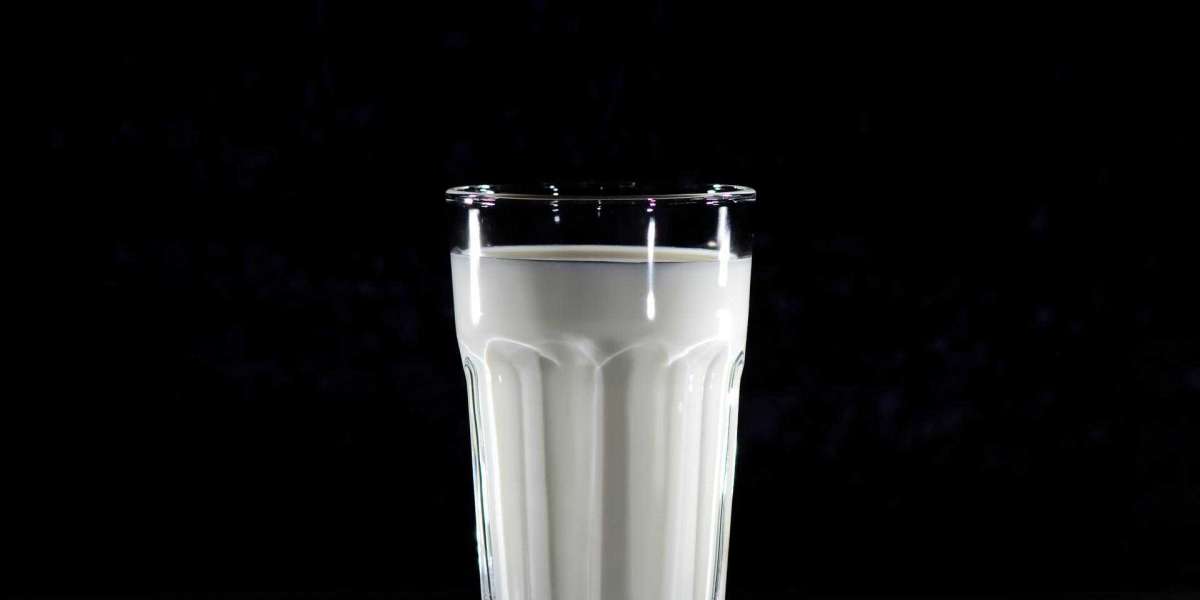Carbohydrate loading – what is it?
Recently, the topic of carbohydrate loading has increasingly come up in discussions on various forums or in comments from sports communities. Unfortunately, amateurs do not quite correctly understand the term "carbohydrate loading" and often use it incorrectly.
Carbohydrate loading (refeed, refeed) is a dietary technique that allows you to replenish muscle and liver glycogen, turn off catabolism for a short time, and can even help start anabolic processes. Of course, a short-term refeed (less than 36-48 hours) is not able to have a significant effect on the metabolic rate, appetite and hormonal levels, but even if a structured refeed does not have a significant effect on the metabolic rate, it still allows you to get a number of advantages: a refeed allows you to eat something not very healthy, which you, nevertheless, really wanted, which in turn helps to smooth out the psychological aspects of the strictness of the diet, and the filling of muscles with glycogen after refeeds will allow you to "turn off" catabolism for a short time, and conduct another workout more efficiently.
But, it should be noted that this only concerns the increased consumption of CARBOHYDRATES, overeating fats or proteins does not have the same effect on all these hormones, so a structured refeed should be, first of all, high-carbohydrate, and it does not matter what type of diet you follow.
Many dieters (of all levels of training and experience) often have somewhat warped associations when they hear the terms "Refeed" and "Carb Loading". They often believe that a refeed can (and supposedly should) allow them to go crazy in an attempt to see how much food they can cram into their mouths in a given period of time. And/or some tend to interpret "increased carbohydrate intake for 12 to 24 hours" as "eat nothing but junk food for the next 24 hours". It is not surprising that they are then amazed that their diet is not working and refeeds are simply rolling back all their progress.
Remember that the goal of carb loading is to consume a large amount of carbohydrates, not tons of carbohydrates and fats. Yes, you can add some high-carb "junk" goodies that do not fit into your current diet, but it is better to do this in doses (within the recommended 50 grams of fructose and 50 grams of fat), and this will be a much more advantageous approach than a refeed consisting entirely of junk food. But if you have difficulties with controlling your eating behavior when "junk food" gets into you, then personally I do not recommend that you get too carried away with unhealthy goodies during the loading period, and even more so, regardless of your ability to control yourself, it is better to spend the first couple of refeeds in "mono" mode, i.e. with minimal variety and with an emphasis on classic starchy complex carbohydrate foods (taking starchy foods, pretzels, bread, pasta and the like as a basis for the refeed and ignoring all the junk).
And, keep in mind - the refeed will take the place of a free meal. That is, if you currently include 2 free meals per week and plan to add a 5-hour structured refeed once a week, then one free meal will have to be excluded.
Notes
Yes, you can eat carbohydrates at night and after 6 p.m., both in surplus and in deficit of calories, and we are not only talking about refeed, but also about regular nutrition, and no, digestive and hormonal processes do not “fall asleep” after a certain evening minute, and fat does not begin to accumulate catastrophically from any crumb eaten, even if it fits into the current dietary macros.
Try to include adequate amounts of protein, fiber, and fat at each meal along with carbohydrates, this can potentially help minimize fluctuations in blood sugar, energy levels, and hunger levels.
Start your first refeeds at lower carb levels (i.e., take the lower value from the recommended ranges (not 12 g/kg, but 8 g/kg, etc.), or the average between them). And if after a refeed you look leaner and your muscles feel fuller, you can try increasing the amount of carbs. If you wake up swollen and flat, you either ate too many carbs or too much sucrose or fructose, and you should change the components of the refeed either quantitatively or qualitatively.
Example of a refeed
5 hour carb loading:
The refeed lasts 5 hours, from start to finish (for example, from 4 pm to 9 pm or from 5 to 10). It is better to start this type of refeed so that the last meal falls exactly at dinner, so there is less chance of overeating during the day. During this day, before the refeed, you should stick to the same meal plan as on the diet days, but you need to consume only 50-75% of the calories of these days. That is, you eat three times according to the pattern of the first three days: breakfast, afternoon snack and lunch. So, if your usual average deficit diet is about 2000 kcal, then today you eat 1000-1500 kcal before the refeed (breakfast + lunch).
CARBOHYDRATE QUANTITY: 3-6 g/kg dry body weight.
PROTEIN QUANTITY: 2 g/kg. We count protein from all sources, both animal and plant. [clarification: we are talking about total protein for the entire day, not just during these 5 hours of refeed]
QUANTITY OF FATS: no more than 50 g.
MEAL FREQUENCY: The first high-carb meal about an hour before strength training (would be ideal), followed by another high-carb meal, and then a final meal two hours later. So we get about two even meals.








